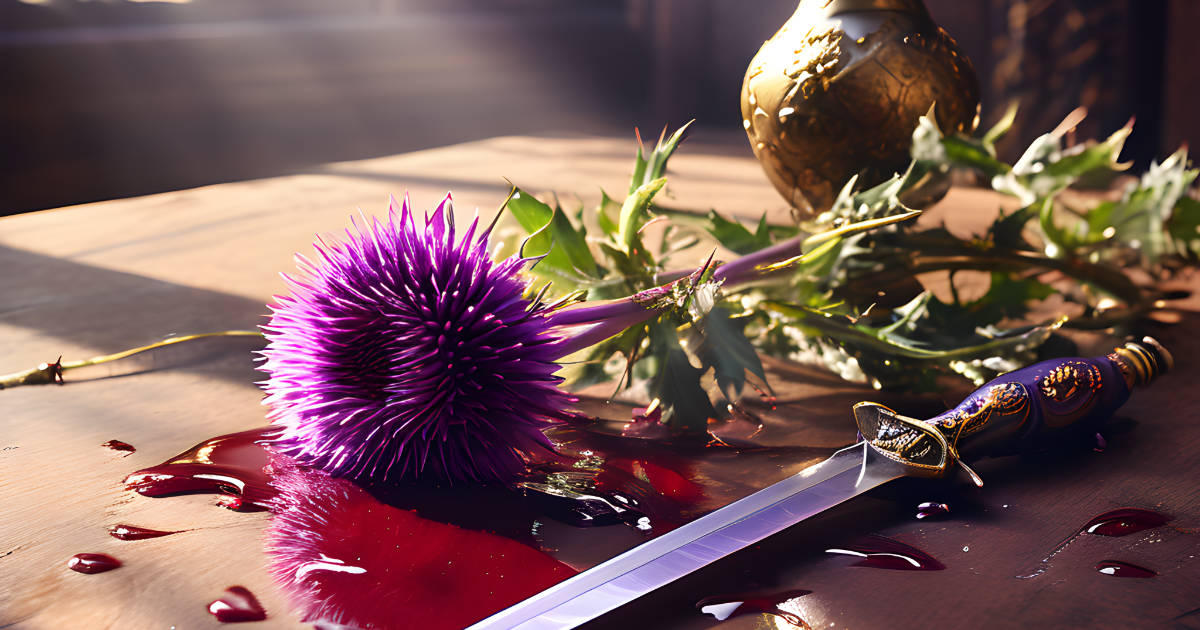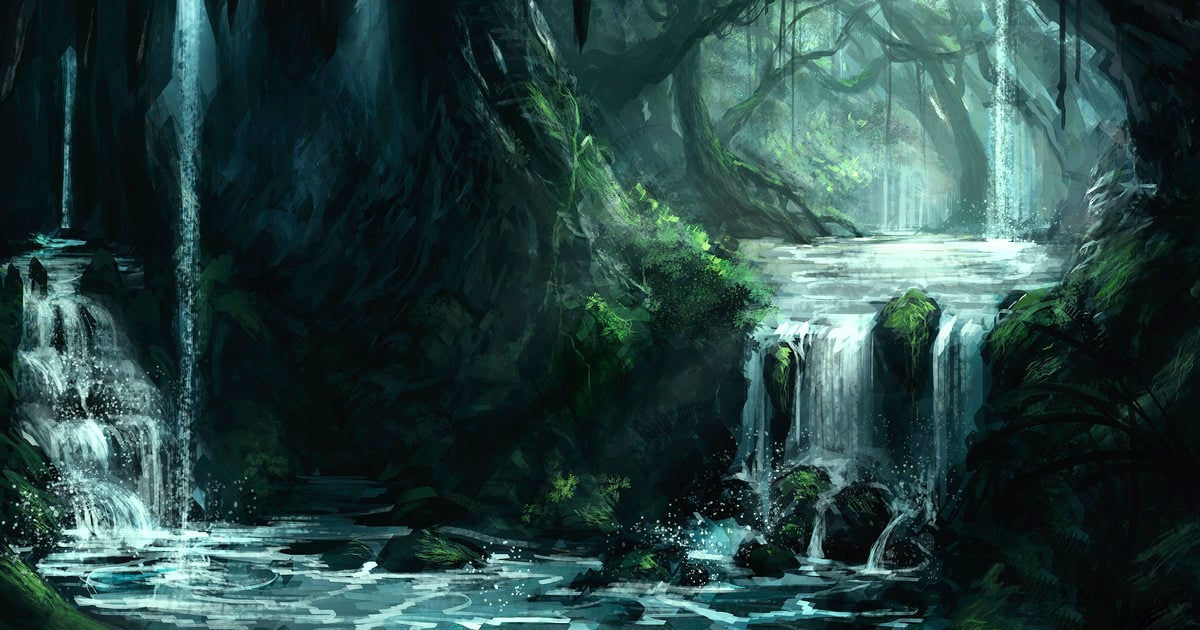Damian’s melee lesson last Friday has had me thinking about the role of a Harrier (it got me thinking about a lot of things, but you know me. I’m drawn to the Harrier stuff. Anyway, this deep think led me back to one of my very first articles I posted back on the website, Being a Harrier, back in 2015!
Sidenote: you can actually see the 2014 version on my original website design while I was still in school here.
Anyway, that was six years ago and I can tell you that I’ve learned a lot since then. So let’s take another look at what it means to be a Harrier and build off of those original ideas.
What is a Harrier’s Role?
To start, I feel like we can address what a Harrier’s role is. In my original post, I boldly declared that a Harrier is more than a distraction. They are a Threat. This came from the idea that a Harrier should never be ignored. You can ignore a distraction, but you can’t ignore a threat. If you ignore a harrier, they are going to make you pay for it.
Last week, Damian took this idea and applied it, not just to Harriers, but to all fighters on the melee field and I find that to be true. The most valuable and dangerous person on the melee field is the person being ignored by the other team, regardless of what role they are playing. If that now applies to everyone, you have to ask: what becomes of the Harrier?
Well, if you remove the idea that being a threat only applies to a Harrier, you can actually see the deeper role a Harrier plays on the melee field. That deeper role is to make their team’s job easier. That’s what a Harrier does or is at least supposed to do. A Harrer’s role is a supportive role.
When a Harrier walks away from their team at the start of a melee, all they should be thinking about are ways they can help their team out. What actions can they take that are going to make their team’s job easier and the opposing team’s job harder? Is it assassinating their commander? Is it rushing for the objective? Is it pulling away a group of fighters from the main line? Is it just getting the enemy team to look at you for a split second to give your team an opening? All excellent questions that a Harrier should be trying to answer as they survey the field and look for the most advantageous ways to support their team.
The Idea of a Trade
This next idea can help inform Harriers when making quick decisions on the battlefield and whether something is worth it or not. It’s the idea of making a trade with the other team. As you look for ways to make your team’s job easier, you’ll be making trades with the opposing team and you always want to try and get the better end of the deal.
A very basic example is asking whether or not its worth it to die out on the battlefield. Harriers are trained, that in most cases, the most important thing to do is not to die. If you die you can’t help your team. But what if you could? This is the trade that you’re looking to make. What is the enemy team willing to give a Harrier for a chance to kill them? Is one fighter? Two fighters? Seven fighters? Three newcomers? One Master Swordsman? Whatever they offer, a Harrier should consider the value and see if it’s worth it or not.
When they send three fighters out to eliminate the Harrier, consider also how long they are willing to dedicate to that endeavor. If a Harrier dies immediately, the enemy didn’t have to pay too much. But if it takes three fighters five minutes to kill the Harrier, that’s five minutes where they aren’t helping their team face off against the Harrier’s team. What a trade!
Looking at one of my recent experiences, the enemy team sent Damian to track me down. That was a trade I was willing to make in an instant. I didn’t even have to fight him. We just stood off to side in an uneasy engagement for a few minutes and then he eventually killed me, but that was a few minutes where Damian wasn’t on the line and he was essentially out of the fight. I did my job as a Harrier and made my team’s job easier by removing him from the equation.
Neutralizing a Harrier
To wrap up, it’s important to remember how to neutralize a Harrier. Sending a Shadow is still one of the best ways to remove a Harrier, but I now see why it’s so effective. A Shadow limits the Harrier’s ability to make trades with the enemy. A Shadow is essentially forcing a trade onto the Harrier and saying this is all you’re allowed to focus on. If a Harrier chooses to ignore a Shadow, the Shadow is going to make them pay for it.
But here is the rub that I didn’t realize six years ago when I first addressed this topic. If a Harrier is doing their job well, they will still be looking for trades they can make. If that means ignoring a Shadow for the split second to kill the enemy commander, even if it means the Shadow kills them, that might be a worthwhile trade. This makes it so important that the Shadow remains completely engaged and responsive to whatever the Harrier is doing.
Shadows may not even realize that the Harrier is making a trade, if they’re not paying attention. One of my favorites is moving far enough way that I either break line of sight with the Shadow or by dragging the Shadow into an ally group. What I’m trading is either a few moments of running or some careful positioning in hopes of eliminating the trailing Shadow. If it works, then I just lost my Shadow and the trade was totally worth it.
Be on your guard. If a Harrier is going to make a trade, make sure that they get the short end of the deal instead of you.

